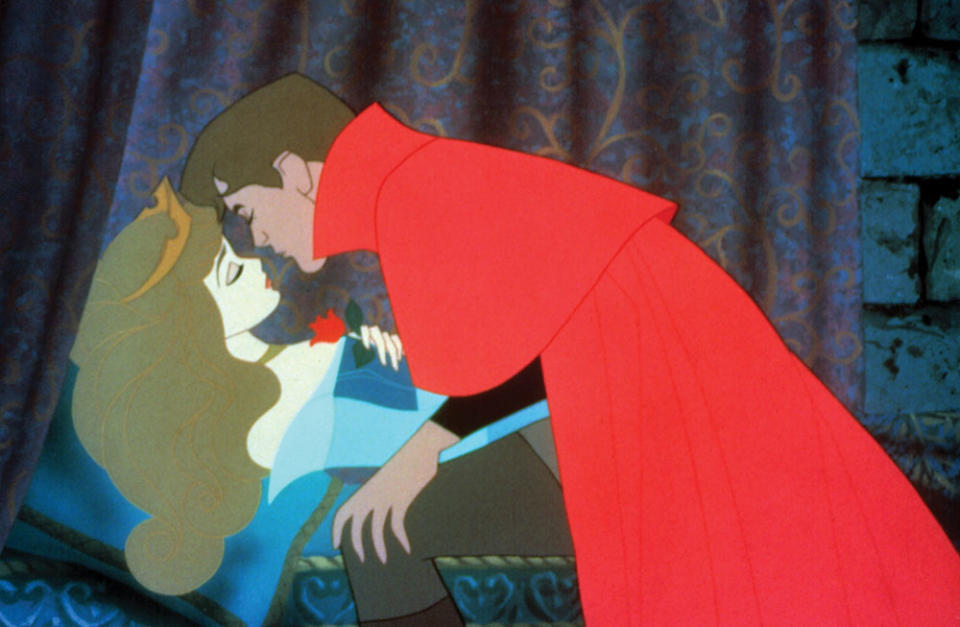New Getty Center Show Looks at How Medieval Manuscripts Influence Pop Culture, From ‘Game of Thrones’ to Disney

A new show opening June 21 at the Getty Center explores the centuries-long influence that the elaborate visual storytelling styles of the Middle Ages have had on the contemporary imagination in entertainment.
“There are these real hallmarks of popular culture — Lord of the Rings, Harry Potter, Game of Thrones — which make use of the visual language of the Middle Ages and do so in culturally relevant ways,” Larisa Grollemond, assistant curator of manuscripts of the J. Paul Getty Museum, tells THR. “I think the project of this exhibition was to pull back the curtain on what aspects of these beloved franchises are actually medieval and which are the product of historical imagination over time.”
More from The Hollywood Reporter
George R.R. Martin, Emilia Clarke Reveal Jon Snow Spinoff Details
Netflix's '3 Body Problem' Casts Four More Actors, Including 'Game of Thrones' Alum (Exclusive)
'House of the Dragon' Merch Gives Targaryen Fans a Sneak Peek of the 'Game of Thrones' Spinoff
“The Fantasy of the Middle Ages,” which runs through Sept. 11, tracks the evolution of the fantasy genre in modern entertainment and how medieval traditions and costume studies have birthed an entire artistic universe. Hand-written manuscripts illuminated with precious metals and populated with fairies, wizards and goblins are on display alongside the art of creators including the Brothers Grimm, J.R.R. Tolkien, illustrators Arthur Rackham and Howard Pyle (1883’s The Merry Adventures of Robin Hood) as well as Disney Studio artists.
Grollemond encourages Getty visitors to look out for a background study by Disney illustrator Eyvind Earle that served as concept art for the studio’s 1959 animated film Sleeping Beauty, noting that it demonstrates “a direct throughline to the Middle Ages through that really brightly colored palette, the saturated colors and the immediacy of it.”

Walt Disney Co./Courtesy Everett Collection
Prop books from two of Disney’s most medieval animated movies — Sleeping Beauty and The Sword in the Stone — illustrate the vividness of medieval storytelling and put these pop culture images in dialogue with visual history from the 19th century and much earlier. “The idea is that there’s this whole world of magic and fairy tales contained within that book. And for me, as a person who studies books, the idea that this is the entryway, the container of all of this magic and imagination, is really interesting,” says Grollemond.
One of the pages from the jewel-bound, prop book that dramatically opens and closes Sleeping Beauty is on display, inspired by the flat yet dynamic French manuscripts of the 15th century.
“It is so vivid in real life. It was sort of a visual shock to see it for the first time because the colors are almost neon, they’re extremely saturated and just hit you over the head with a kind of vividness,” Grollemond says. “The organization of the page is really based on medieval examples. The decorated initials, the elaborate borders, the style of the text…to have manuscripts in the gallery from the Middle Ages that look like that — and to be able to compare them — I think is a really fun experience. People will see things in the show that they recognize.”
A version of this story first appeared in the June 15 issue of The Hollywood Reporter magazine. Click here to subscribe.

